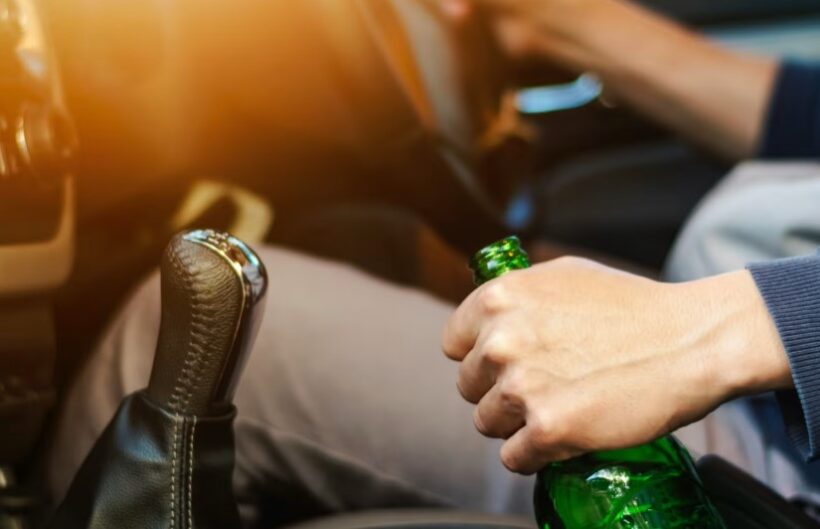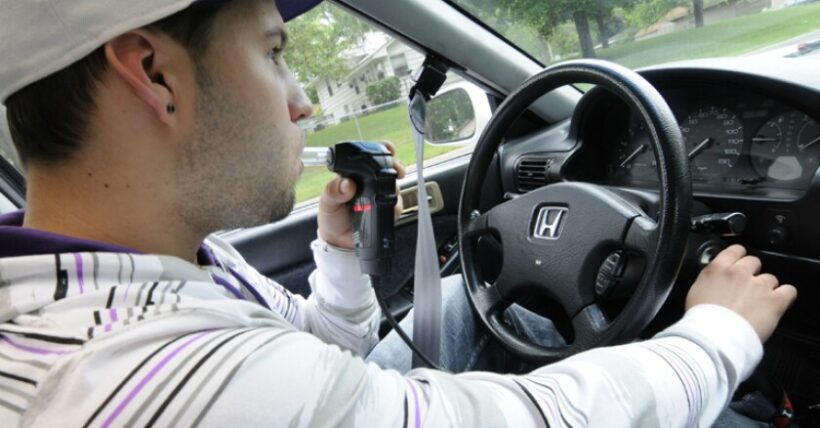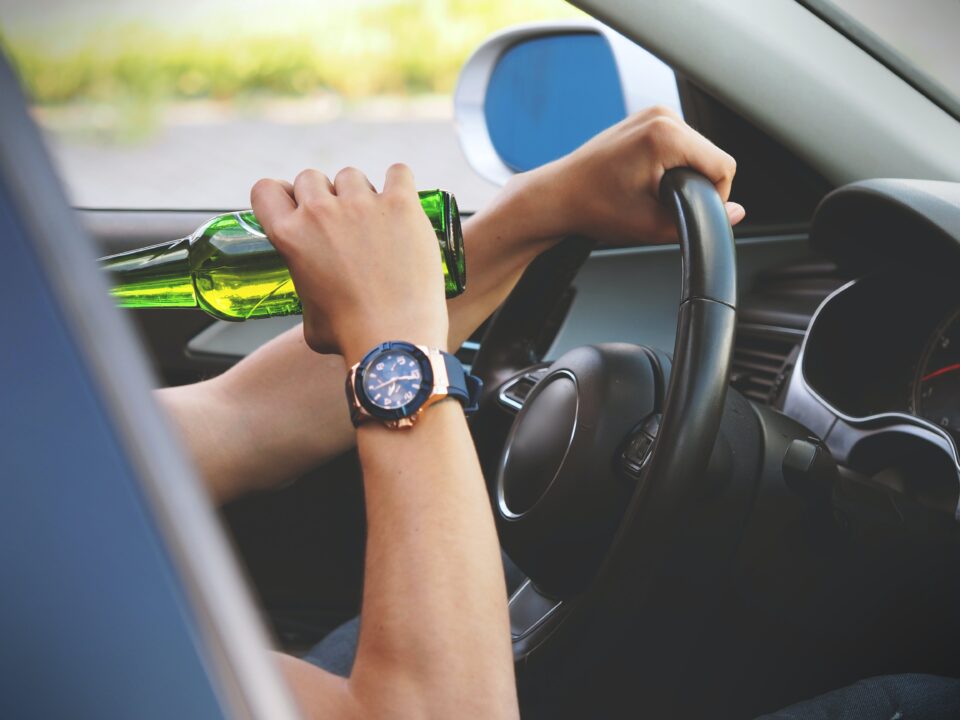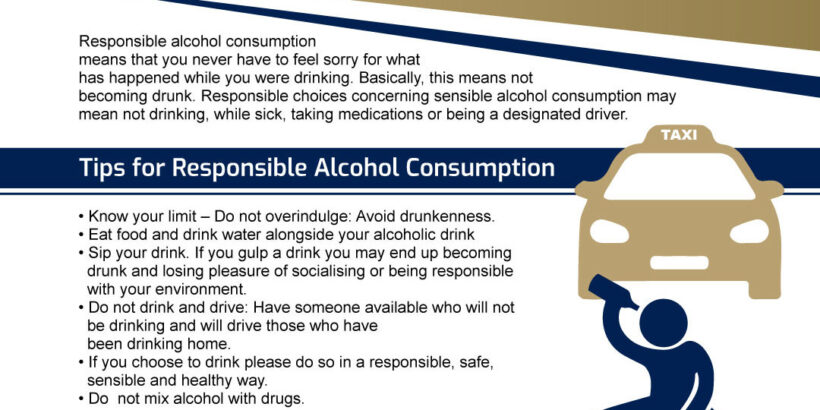Alcohol, an integral part of many cultures and social settings, often brings people together and serves as
a means to celebrate and relax. However, its influence extends far beyond the fun and social aspects,
particularly when it intersects with driving.
The impact of alcohol on driving abilities is well-documented and alarming, especially considering its role
in traffic fatalities, as we’ll discover more in this post.
The Impairing Effects of Alcohol

Alcohol consumption affects the central nervous system, impairing cognitive functions and motor skills
essential for safe driving. As Blood Alcohol Concentration (BAC) levels rise, a driver’s ability to react
quickly, make rational decisions, and maintain focus starts to decline rapidly. This impairment can lead
to disastrous consequences on the road.
Diminished Reaction Time
One of the most critical skills required for safe driving is the ability to react swiftly to changing road
conditions and unexpected hazards. Alcohol slows down the brain’s processing speed, leading to
delayed reaction times. This delay can mean the difference between a near-miss and a fatal car
accident, even if only by a few seconds.
Reduced Coordination and Judgement
Alcohol also affects a driver’s hand-eye coordination and balance, which are vital for keeping control of
the wheel. It also impairs judgement, leading individuals to take unnecessary risks or misjudge distances
and speed. This combination of reduced coordination and poor judgement significantly increases the
likelihood of accidents.
Alcohol-Related Traffic Fatalities: A Stark Reality
The statistics paint a sobering picture as more than 30% of car accident fatalities in CA include drunk
drivers, a figure that is echoed in many other regions worldwide. This percentage underlines the
substantial impact that alcohol consumption has on road safety.
Young Drivers and Alcohol

Age has a large impact on the risk of alcohol-related accidents:
• Higher Risk of Accidents: Young drivers, particularly those between the ages of 18 and 25, are at a
higher risk of being involved in alcohol-related crashes. This demographic often lacks the driving
experience of older adults and is more likely to engage in risky behaviours when under the
influence of alcohol.
• Preventative Measures: To combat this, many regions have implemented stricter laws for young
drivers, such as zero-tolerance policies for drinking and driving. These measures aim to reduce the
incidence of alcohol-related accidents among this vulnerable group.
Reoffending in Drunk Driving

There’s an unfortunate link between DUI incidents and repeat incidents:
• Repeat Offenders: A significant challenge in tackling alcohol-related traffic fatalities is dealing with
repeat offenders. Individuals who have been convicted of driving under the influence (DUI) are
more likely to be involved in future DUI incidents.
• Strategies for Prevention: Strategies like mandatory alcohol education programs, ignition interlock
devices, and close monitoring of repeat offenders have been employed to reduce recidivism rates.
These approaches focus on both punishment and rehabilitation, acknowledging the complex nature
of alcohol dependency and its role in driving behaviours.
The Role of Public Awareness and Education
Increasing public awareness about the dangers of drunk driving is crucial. Educational campaigns,
community programs, and school-based initiatives play a significant role in informing the public about
the risks of driving under the influence and the importance of responsible alcohol consumption.
Community Involvement
Community involvement in spreading awareness can significantly influence attitudes towards drunk
driving. Local events, awareness drives, and collaboration with law enforcement can help reinforce the
message that driving under the influence is unacceptable and dangerous.
Legal Consequences
Driving under the influence leads to severe legal repercussions. Offenders face hefty fines, reflecting the
gravity of the offense. License suspensions are common, temporarily removing the privilege to drive and
serving as a reminder of the responsibilities that come with it. In more serious cases, imprisonment
becomes a reality, isolating offenders and underscoring the societal condemnation of their actions.
These penalties act as strong deterrents, aiming to prevent potential offenders from making life-altering
mistakes.
Victim Impact
The impact on victims of alcohol-related accidents is profound and far-reaching. Survivors often endure
long-term physical injuries, requiring extensive recovery. Emotional trauma extends beyond the victims
to their families, dealing with the aftermath or the unbearable loss of loved ones. Personal stories, like
that of a young promising student paralyzed due to a drunk driving incident, put a face to the statistics,
emphasizing the human cost and the urgent need for responsible behavior.
Responsible Alcohol Consumption
To consume alcohol responsibly, always know your limits and adhere to them. Before drinking, eat a
substantial meal to slow alcohol absorption. Opt for a designated driver or use ride-sharing services to
ensure safe transportation. Planning your ride home in advance eliminates the risk of impaired decision-
making later.
Impact on Healthcare
Alcohol-related incidents significantly burden healthcare systems. Emergency rooms often deal with
injuries from accidents or altercations linked to excessive drinking. Beyond immediate care, alcohol-
related issues strain resources through long-term rehabilitation and treatment for chronic conditions
caused by prolonged alcohol misuse. This not only impacts the quality and availability of healthcare
services but also escalates healthcare costs for communities.
Technology and Innovation in Reducing Drunk Driving

Advancements in technology also offer promising solutions to reduce the incidence of drunk driving.
Innovations like breathalyzer-linked ignition systems prevent a vehicle from starting if the driver’s BAC is
above a certain level. Mobile apps that allow users to estimate their BAC and provide options for
alternative transport are becoming increasingly popular.
Future Prospects
Looking ahead, the integration of autonomous vehicles and smarter transport systems could further
mitigate the risks associated with drunk driving. These technologies, while still in developmental stages,
hold the potential to reduce, if not eliminate, alcohol-related traffic fatalities significantly.
Conclusion
The role of alcohol in traffic fatalities is complex and multifaceted, intertwining legal, social, and
technological aspects. While the statistics are daunting, they also offer a clear path forward.
Through a combination of stricter laws, public education, technological innovation, and community
involvement, we can significantly reduce the tragic impact of alcohol on road safety. It is a collective
responsibility that requires the commitment of individuals, communities, and governments alike to
ensure safer roads for everyone.


